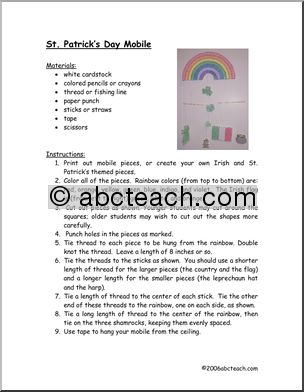Are “informational texts” a gateway to promulgating propaganda in new CC books?
A fellow CC warrior shared some pages from her son’s new Common Core aligned English Language Arts book being used in a Catholic school. His assignment including using “informational texts” and “close reading” techniques to evaluate a writer’s effectiveness in making valid arguments:
Ready Common Core – Close reading – Part 1
Ready Common Core – Close reading – Part 2
The reading samples present “information” about global warming/climate change (the kind that is the fault of human beings and “toxic” CO2, not the kind that occurs naturally in God’s wondrous creation as the result of sun cycles), the glories of alternative energy juxtaposed against the evils of fossil fuels as well as commentary from the CO2 exhaling, “carbon footprint” depositing, fabricator of inconvenient lies, bloviating billionaire guru of the “green” movement, Al Gore. And, of course, the obligatory reference to polar bears and melting ice caps. Here’s one way the global warming “debate” is framed from “different” viewpoints:
So, the student has a choice: one argument in support of global warming or another argument in support of global warming. There are also arguments presented on the fracking where at least both sides of the argument are seemingly presented.
Beware! If you read these materials too closely, as the “closing reading” sidebar item suggests, you might get bowled over by the stench of B.S.
There are so many other “arguments” that are less controversial and would have served the purpose without injecting dubious and misleading scientific “information” into the classroom, especially as part of “language arts.” Under the guise of developing critical thinking skills, they are really training minds on what to think, not how to think. Welcome to top-down, centrally controlled, government run education.
The textbooks have already been purchased, in most cases by the government, and placed in front of our Catholic school children. And those of us who disagree are expected to “tolerate” their ideas and accept the “settled science” of global warming or whatever other controversial issues they want to promote and ignore the fact that over and over again our children’s young, impressionable minds will potentially be exposed to misinformation, and, in some cases, outright lies. After all, this is just “language arts,” not science class, right? And no doubt, these Common Core aligned texts correspond very nicely to what will be on the Common Core aligned standardized tests.
This is not education, this is indoctrination. I realize there are many people who have bought into the “human caused climate change is settled science” argument, including teachers. But that does not make it true. And the pursuit of truth should be the guiding principle in making arguments, instead of just trying to convince someone that you are right by whatever means necessary. Students are being programmed to be little social activists for causes the government finds of importance without being mature enough to understand the issues in full context. They are learning to use fallacious reasoning and appeal to emotion to plead on behalf of a cause instead of using logic, reason, and truth.
Denise Donohue, Ed.D., Deputy Director of K-12 Programs for the Cardinal Newman Society, provided some insight and understanding as to how Common Core is using techniques like “close reading” in a way it was not intended and that leads to faulty reasoning:
Close reading is an instructional approach advocated by the Common Core which was originally designed for the analysis of poetry in the 1940s and 1950s and called New Criticism. It was designed to scrutinize the different parts of a poem in detail – word choice, meter, syntax, and so forth. It is now being used for all different types of literature and is only one method of studying texts. Common Core has chosen this method over many other approaches such as the reader/response or moral criticism (the later would perhaps be better used in Catholic schools). It hones a students attention into the text presented directing the student to only that text or texts for “validation” instead of including outside sources. What happens during actual instruction is that by the time a teacher has taught the lesson working through all of the requirements of the curricular material, the student is left to believe that whatever they have read was in fact true and the only legitimate viewpoint on the subject.
In Catholic schools, the pursuit of truth is a hallmark of our schools (God as Creator of all things cannot contradict Himself, so we have nothing to fear). When we read all pieces of literature (and “Yes”, even these informational persuasive essays) we are to ask ourselves is this True? Is this correct in response to reality? Is the premise that is being put forth, in content, a true premise?
What is happening in this piece you sent is the confusion between the two different types of logic. Formal logic and Material logic. Formal logic is the structure of the thinking. Did the author put forth a premise and follow it up with sufficient evidence? If he did, then the conclusion is Valid (as the papers indicate), but the argument can still be materially invalid if the premises set forth are false.
In my opinion, what is happening here is the authors are using formal logic to convince students about the “validity” of using geothermal, solar power, and wind power over fossil fuels. They are using “Formal Logic” instead of “Material Logic” that relies on the correctness of the original premise – and that is what I would be concerned about -especially in a Catholic school! When using these types of topics to learn about citing text evidence, teachers need to be very cognizant of allowing enough time for multiple viewpoints to be read so as 1.)not to fall into the revisionist history, political ideology of the new texts and 2.) to work toward the authentic pursuit of truth.














